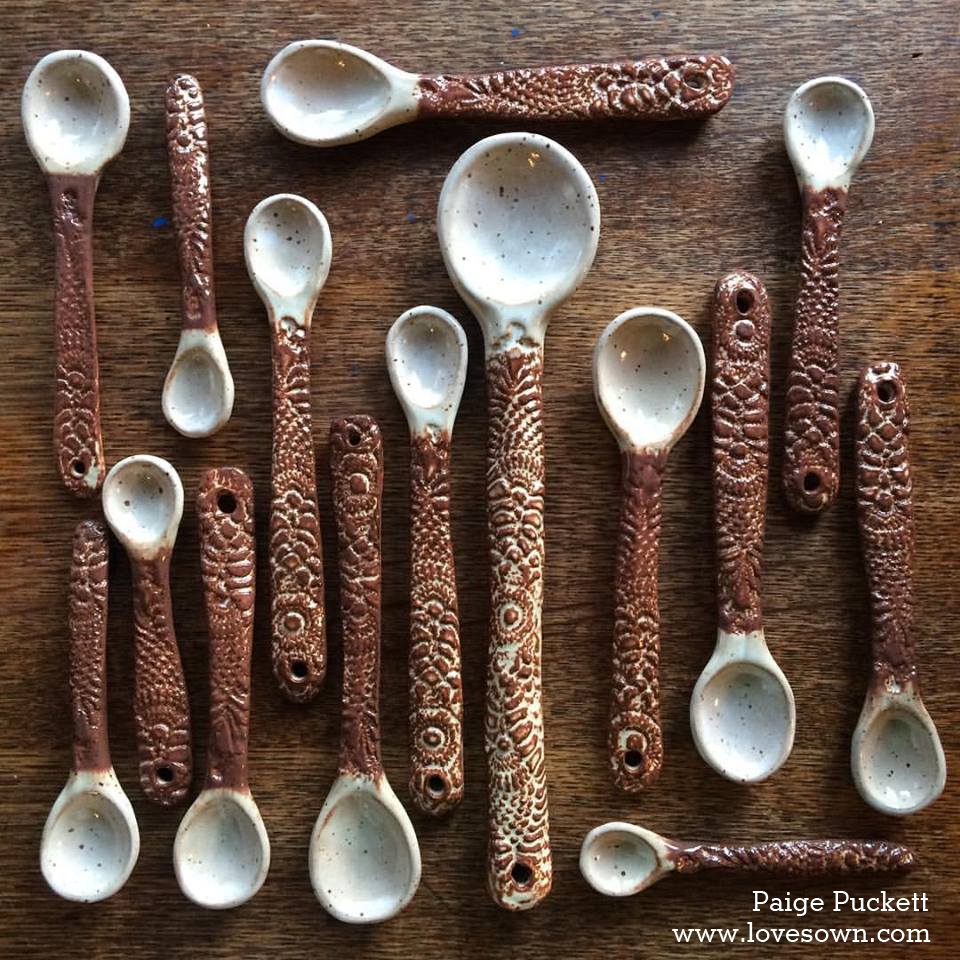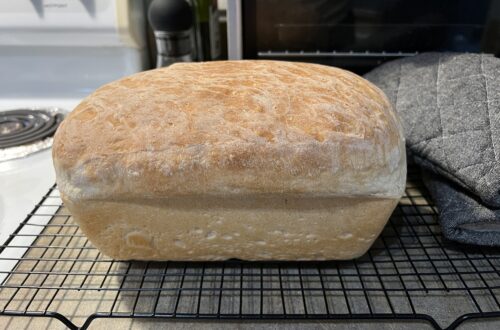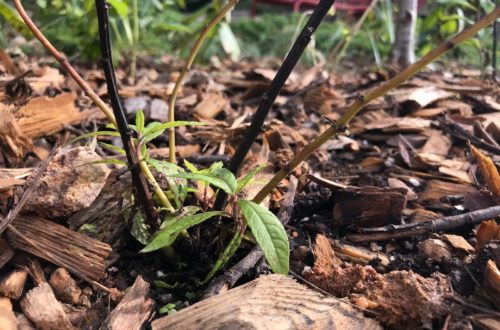Container Gardening Tips
Last year I grew several containers of tomatoes and peppers. The Anaheim, Cayenne, and Jalapeño peppers (in 10” deep pots) did great. The Patio Tomato (in a 16” deep pot) was very bushy, produced well and didn’t need vertical support, but the birds often beat me to the crop. The better boys (in 12” deep wood barrels) were no good and gave me only 1 tomato, likely because they were planted too late and the roots needed deeper soil. This year I will be planting containers of Tomatoes (small varieties), Peppers (mixed variety), Onions, Lettuce, Garlic, Carrots, Potatoes and other herbs. The combinations will go something as follows: Tomatoes with Onions, Chives, Garlic or Carrots, and Peppers with Basil and other herbs. I’ve thought about creating a “Salsa” container garden on the deck for quick access: Tomatoes, White Onions, Garlic, hot peppers, and Cilantro. The potatoes will be grown in a trash can.
There are four essentials to container gardening: large enough containers, good soil, the right amount of water, and sun – usually 8 hrs of direct light. Plants that have shallow rooting depths (12” – 18”) are probably best suited for containers: Broccoli, Brussels sprout, Cabbage, Carrot (small variety), Cauliflower, Celery, Collards, Cucumber, Leek, Spinach, Onion, Pepper, Potato, Radish, Tomato (patio and smaller varieties), and a multitude of herbs. Some of these probably have roots even shallower than 12”. I start with a pot that is 10 – 12” deep with a top diameter no less than 12”. Smaller pots can be used, but will limit the growth of some plants.
The way I prepare my pots is to make sure there is an adequate drain hole first. I prefer terracotta pots, but I’ve read about people using plastic storage tubs, garbage cans, old dishwashers, etc. If there are no drain holes, get to work drilling. Next, I put a larger rock or piece of cardboard over any large drain holes to prevent soil loss, and then add a 1 – 1.5” layer of pea gravel to help with drainage and aeration. I use a blend of soil and compost or potting soil specifically for vegetables. Garden stores carry soil with slow release fertilizer and organic mixes. Chicken poop is a slow release natural fertilizer (comes in granular form), but you don’t want to use too much because you will burn up the plants. You can either provide a thin layer of mulch on the top, or plant a ground cover of something else tasty.
Companion planting is ideal for limited space, but be careful to pay attention to space in the pot before loading it down. I had planted about five onions in a pot with lettuce and was hoping to add a tomato later, before I read that onions need about three inches of space all around. Oops. Time to dig up some onions. Some plants are very bushy and may block out the sun for any undergrowth. Because it’s cool still, you can always start with more lettuce than needed and transplant some when it gets larger to make room for something else like a tomato plant. Some lettuces may even be ready for harvest before it’s time to plant tomatoes. Tall, spindly varieties leave ample room to add something below.
There’s a great list of what plants to pair together and what not to pair together on Wikipedia. Use the following herbs to improve your containers: 1) Basil to help tomatoes and peppers, 2) Chives and Sage to help your carrots and cabbage, 3) Cilantro to help spinach, 4) Dill to help lettuce, onions and cucumbers, 5) Garlic to help cucumbers, lettuce, and celery, and 6) Oregano to help tomatoes and peppers. Mint and Lovage are also thought to be helpful to many plants.



2 Comments
Brandon
Nice article it was a good read. These tips help in times like this. Any little bit to save your family some money helps. I found another interesting article which also shows some ways to save money right now. Check it out, I hope it helps.
http://www.gotoguy.com/2009/02/16/grandpas-container-garden/#more-877
E and A Rodriguez
Wow, I'm impressed. Guessing you're rather seasoned at this. We would love to do something like this. We mostly get our produce in season at the farmer's market-how great would it be if it was only steps away in our backyard.
Thanks for sharing!